
At 14:30 on November 3, 2015, UK China 2015 Museum Dialogue Seminar II was held in the Auditorium of CAFA Art Museum, and it was themed on “the Role of Curatorship and Research in Developing Collections and Programmes”. Marko Daniel, Public Programmes, Tate hosted the conference, Larys Frogier, Director of Rockbund Art Museum, Pi Li, senior curator from M+ in Hong Kong, Frances Morris, Director of International Art, Tate, Sook-Kyung Lee, a curator of the Asia-Pacific Research Center of the Tate Gallery from UK successively gave a speech, to jointly discuss the significance of research and curating in developing projects and collections.
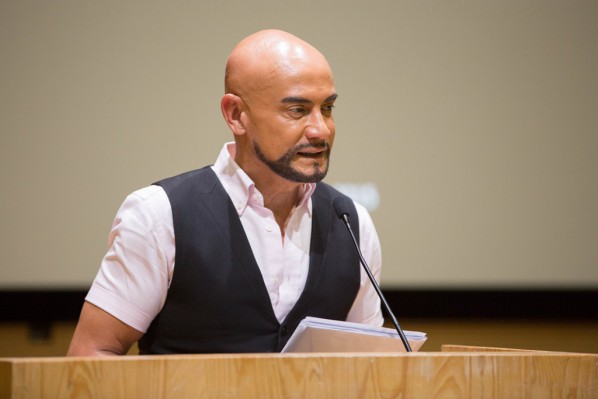
Larys Frogier, Director of Rockbund Art Museum
First of all, Larys Frogier talked about the importance of the research to the art museum, as well as the thoughts of “democratization” and the related curatorial practice of Rockbund Art Museum in Shanghai. As a curator, critic and art historian, Larys had planned many exhibitions, issued a variety of monographs and papers, researched and discussed the creations by a number of artists. He believed that research was a major work for art museums, through the research there is an opportunity to question and this starts people thinking, so that art museums become a place where knowledge is produced and disseminated. In the speech, he quoted the ideas of Foucault and Aby Warburg, and put forward the thought of the “democratization” of knowledge, narrating the specific work by Paola Pivi, Ugo Rondinone, Cai Guoqiang and so on, thinking about how to make artistic creations more creative and independent.
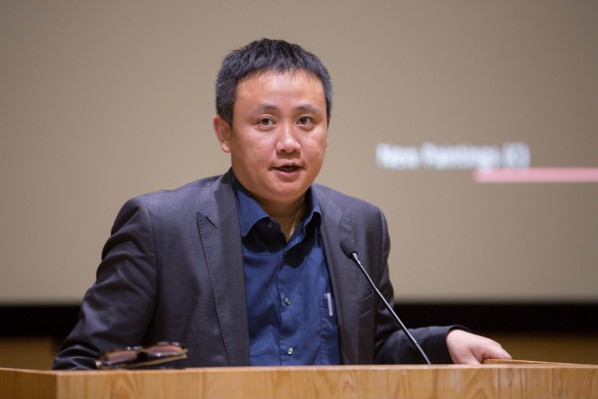
Pi Li, senior curator from M+ in Hong Kong
Pi Li used a timeline to show an overview of the collections of Hong Kong M +, and considered Uli Sigg’s collections of Chinese contemporary art in the past 40 years as the clue, to question the narrative of the origins of Chinese contemporary art, to explain the relationship between the research and collection project. Pi Li said that, “Stars Group” was always regarded as the origin of Chinese contemporary art, but “Anonymous Group” was actually the first group to hold an underground exhibition. The works by the “Anonymous Group” collected by Sigg were often sketches of landscape that lacked character, and they were amateurish, non-mainstream, with a unique style. Pi Li asked “What is the art of 1974?” Through a comparison between the winner at that year “Before Tiananmen” and the depressed youth painted by “anonymous” painters, we can see an art style ignored by people except for the mainstream value. Seen from this information, “anonymous” painters could hear the music of the Beatles, borrow books from Japanese impressionists, absorb nutrition from traditional Chinese literati paintings, which were criticized at that time, and contact Western artists. Through these studies, we can have a modification and supplement of the idea that the “Stars Group” was the origin of the Chinese contemporary art, in order to excavate the modernity that was born in the internal realms of Chinese socialism. Then Pi Li talked about Maryn Varbanov’s tapestry and Song Huaigui’s contribution to popular culture, the research of exploration of the origin of Chinese contemporary art illustrated the relationship between research and the collective project.
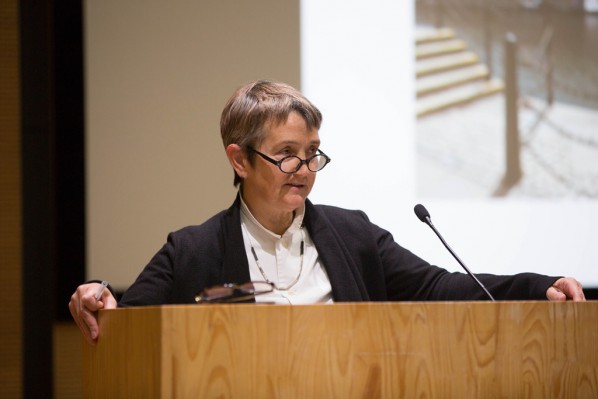
Frances Morris, Director of International Art, Tate
Frances Morris has been in charge of the Tate Gallery’s collections of international art since 1990. As an adviser of the Asia-Pacific Research Center of Tate Gallery, she also specially studied female artists’ works, emphasized the study in the related field and collections, and started to focus on the collections of Southern Asia, Asia Pacific region and the Middle East. Frances used the collection map to showcase different sectors of research and collections all over the world from the Tate Gallery, emphasized the diversified collections departing from art history that is dominated by European and American countries in the past with a globalized vision. Subsequently, Frances highlighted Romanian art as a major part of the collections of the Tate Gallery. She showcased the study of modern Romanian art, including the documentary collection and visits of the local artists’ studios, art museums and the factories to produce painting materials, as well as communication with the artists. Through such forms of research, it established a relationship between different time and space in the international art collection with a globalized vision.
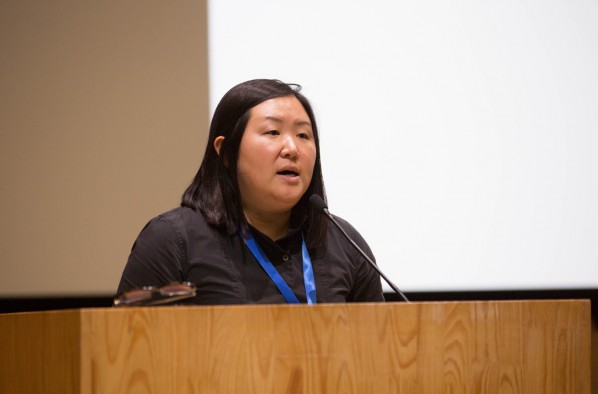
Sook-Kyung Lee, a curator of Asia-Pacific Research Center of Tate Gallery, UK
Sook-Kyung Lee, a curator of Asia-Pacific Research Center of the Tate Gallery, UK, and a curator of the Asia-Pacific Collection of the Tate Gallery, which advocates the international art collection. She introduced the structure, research status quo and sources of funds of the Asia-Pacific Research Center. Then, she used the specific exhibition to present art research projects as an allusion to different regions in Asia, including Chinese contemporary art exhibitions and the solo exhibitions by Asian artists since 2000, such as the Chinese artist Ai Weiwei, the Korean artist Nam June Paik, Japanese artist Yayoi Kusama, Japanese photographer Daido Moriyama, etc. The Research Center deeply researched and discussed the art projects that both coincided with exhibitions of the Tate Gallery, and of individual working characteristics.
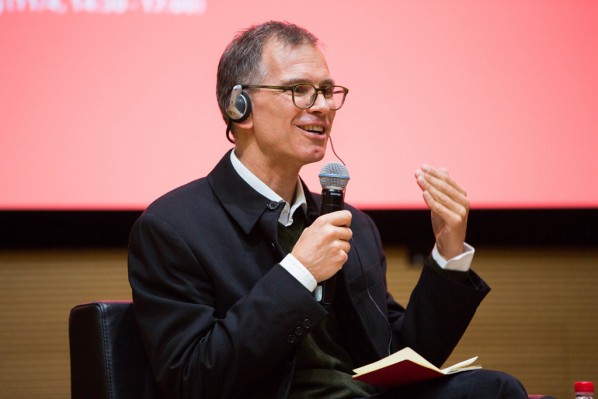
Marko Daniel, Public Programmes, Tate
Finally, the host Marko Daniel summarized the speeches, and questioned how to view the collections of art museums. Larys Frogier, Pi Li, Frances Morris all agreed the importance of the collection for the art museum. Sook-Kyung Lee said the function of the art museum constantly evolved, and it was urgent to focus on the global collection which demanded that the context be understood along with the meaning of the collection, to form a thought of art works in virtue of the collections from different perspectives.
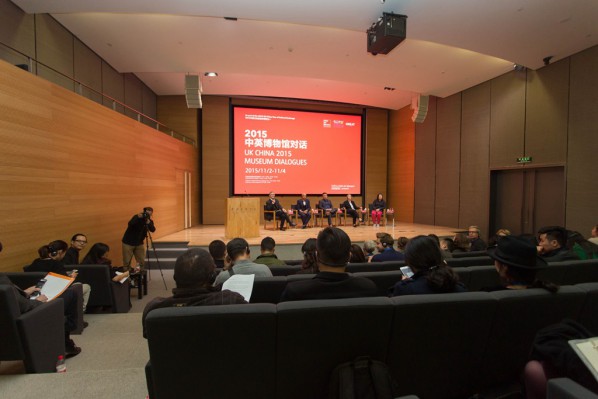
Text by Zhang Chi, translated by Chen Peihua and edited by Sue/CAFA ART INFO
Photo by Yang Yanyuan/CAFA ART INFO




























